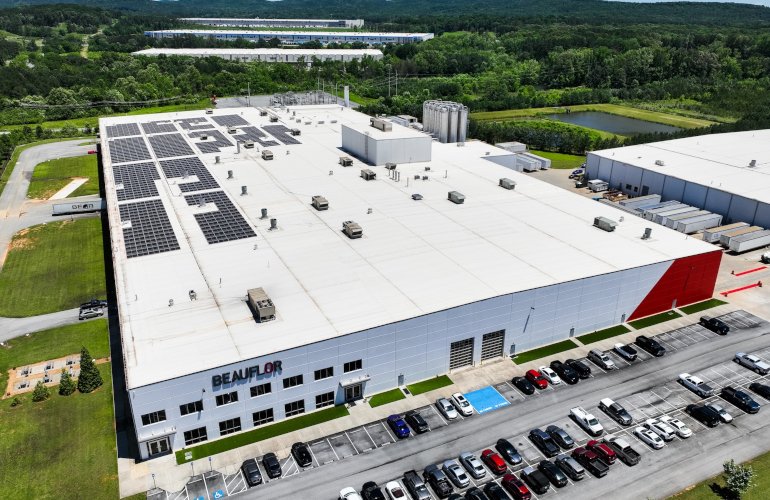Beauflor USA Powers Atlanta with Largest Rooftop Solar Array
Flooring manufacturer Beauflor USA just flipped the switch on what experts believe is metro Atlanta’s largest rooftop solar project. This isn’t just about going green—it’s a masterclass in how industrial facilities can slash operational costs while hitting sustainability targets. “We’re proving that responsible manufacturing and smart finances aren’t mutually exclusive,” says Emile Coopman, the company’s Continuous Improvement Manager. Partnering with local solar provider Cherry Street Energy, Beauflor’s 1.2 megawatt system demonstrates how Georgia businesses are rewriting the rules of energy procurement.
Why Rooftop Solar Makes Dollars and Sense
At first glance, six-figure solar investments seem daunting. Yet Beauflor’s project pays for itself through Georgia Power’s favorable net metering policies and the federal Investment Tax Credit (ITC). The math gets compelling: their 3,200 solar panels will generate enough electricity to offset 40% of the facility’s demand from day one. That’s equivalent to taking 180 cars off Atlanta’s roads annually—and locking in 25 years of predictable energy costs.
Industrial Rooftops: The Untapped Goldmine
Warehouses and factories represent a huge opportunity that most cities overlook. Beauflor’s 200,000-square-foot facility had prime, unused roof space—perfect for hosting solar panels without sacrificing operational areas. Unlike residential installations, these commercial systems benefit from economies of scale. Their single-axis tracking system boosts output by 18% compared to fixed-tilt arrays, a sweet spot for manufacturers needing maximum daytime production.
How Cherry Street Energy Engineered This Beast
The Atlanta-based installer faced unique challenges: reinforcing an existing roof structure to handle 450,000 pounds of equipment and designing around HVAC units. They opted for SolarEdge inverters with power optimizers—a smart choice for rooftops with shading issues. Real-time monitoring tracks each panel’s performance, allowing maintenance crews to spot issues before they impact production. This reminds me of a similar project at a Boeing facility where pinpoint monitoring saved thousands in avoided downtime.
The Grid Parity Tipping Point
Five years ago, this project wouldn’t have penciled out. Plummeting solar panel costs (down 82% since 2010) combined with Georgia’s rising electricity rates created perfect conditions. Beauflor now buys power at $0.045/kWh from their own roof—compare that to the utility’s industrial rate of $0.082/kWh. With inflation reduction act sweeteners and MACRS depreciation, their ROI window shrunk from 7 years to just 4.8.
What This Means for Atlanta’s Solar Future
Beauflor’s success proves midsize manufacturers can lead the clean energy transition. The project creates a blueprint for similar facilities along I-285—imagine if every industrial park followed suit. Georgia still ranks 10th nationally for solar capacity, but game-changers like this could push it into the top 5. As battery storage costs continue falling (look at Tesla’s 40% price drop on Powerwalls), we’ll likely see more facilities pairing solar with onsite storage to tackle demand charges.
The best part? This isn’t some experimental prototype. It’s real-world proof that solar delivers both environmental wins and hard financial returns. Beauflor’s installation won’t make headlines like a new stadium or tech campus, but for Atlanta’s energy future, it might be even more significant.






